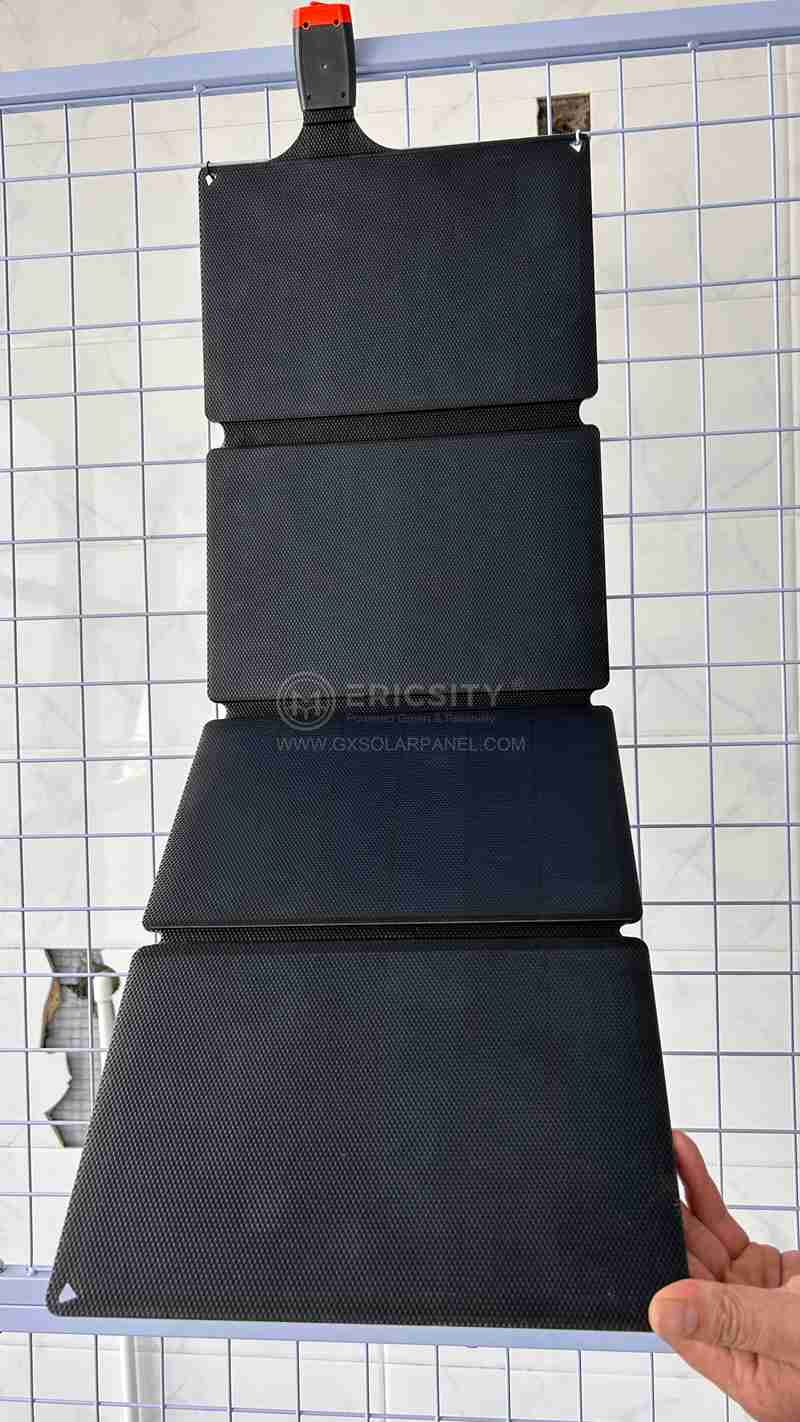HOT PRODUCT
Product Details
black Flexible Solar Panels: Reducing Carbon Footprints With Style
Title: Black Flexible Solar Panels: Reducing Carbon Footprints With Style
Introduction:
In recent times, the pressing need to combat climate change and reduce carbon footprints has brought renewable energy sources to the forefront of discussions worldwide. Among these sources, solar energy holds immense promise due to its abundant and accessible nature. Over the years, solar panels have undergone significant advancements, with one innovative development being the emergence of black flexible solar panels. These sleek and stylish panels not only harness solar energy efficiently but also contribute to reducing carbon footprints in a unique and aesthetically pleasing manner.

Harnessing Solar Energy Effectively:
Black flexible solar panels are built with advanced photovoltaic technology, allowing them to effectively harness the sun’s energy. These panels consist of thin photovoltaic cells that convert sunlight into electricity. Unlike traditional solar panels, which are rigid and bulky, these panels are lightweight, thin, and highly flexible, opening up a range of exciting possibilities for their applications.
Enhancing Aesthetic Appeal:
One of the significant advantages of black flexible solar panels is their visually appealing appearance. Traditional solar panels are often criticized for their clunky and conspicuous presence on rooftops or public spaces. However, black flexible panels blend seamlessly with their surroundings, offering a discreet and elegant solution for integrating solar energy systems into diverse environments.
Architects and designers are increasingly incorporating black flexible solar panels into their projects. From residential homes to commercial buildings and even vehicles, these panels have the potential to revolutionize the way we perceive and utilize solar energy. Imagine a world in which solar panels become an inherent part of the design, adding a touch of sophistication and environmental consciousness to our surroundings.

Versatile Applications:
Thanks to their flexible nature, black solar panels can adhere to curved surfaces, allowing for an array of unique applications. They can be installed on various structures such as roofs, windows, and facades, seamlessly integrating into the design without compromising performance. This versatility enables these solar panels to be utilized in artistic installations, urban infrastructure, and even portable charging devices.
Additionally, the flexibility of black solar panels makes them an ideal choice for portable energy solutions. Solar-powered backpacks, tents, and wearable gadgets are just a few examples of how these panels can be incorporated into everyday life, providing convenient access to renewable energy on the go.
Reducing Carbon Footprints:
One of the primary benefits of black flexible solar panels is their contribution to reducing carbon footprints. By harnessing solar energy, these panels eliminate the need for electricity generated from fossil fuels or other non-renewable sources. This transition to clean and sustainable energy helps curb greenhouse gas emissions, mitigating the harmful effects of climate change and striving towards a greener future.

Moreover, the black color of these panels enhances their energy absorption capability, allowing them to generate electricity efficiently even in low-light conditions. This attribute makes them a viable option in regions with less sunshine, expanding the reach and accessibility of solar energy to a wider range of locations.
Conclusion:
The emergence of black flexible solar panels represents a significant milestone in the quest for clean and sustainable energy. Their unique blend of functionality and style paves the way for the seamless integration of solar energy systems into our everyday lives. By reducing carbon footprints and capitalizing on renewable energy in an aesthetically appealing manner, black flexible solar panels offer a promising solution to both environmental and design challenges for a greener and more sustainable future.




